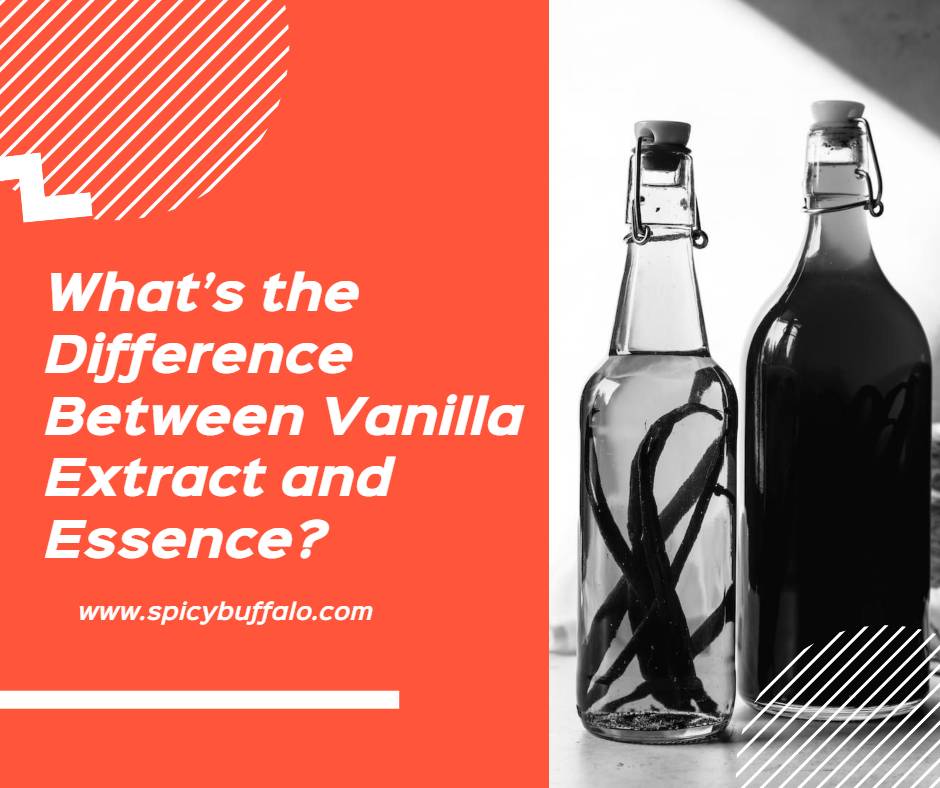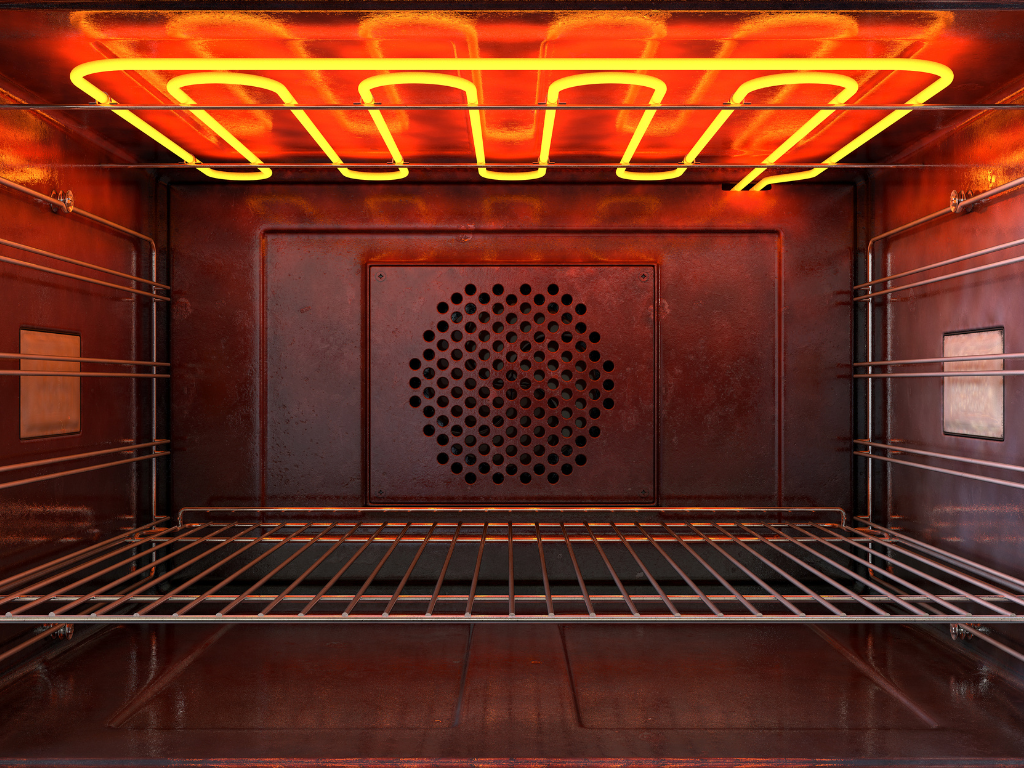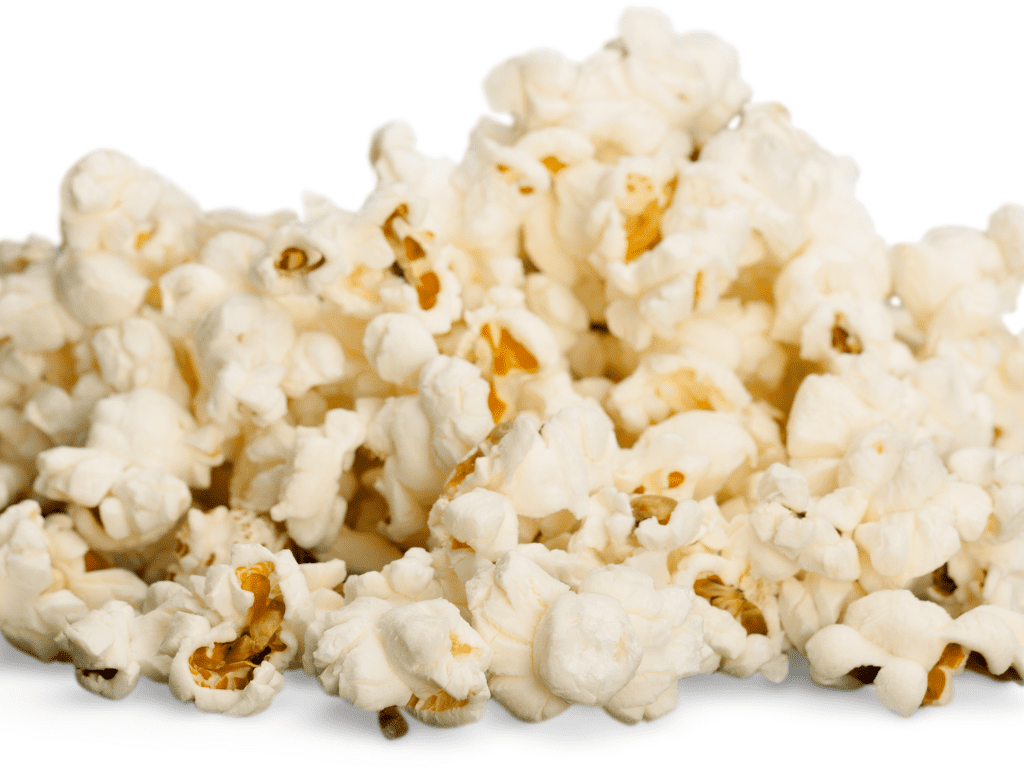
If you’ve made chocolate chip cookies or a birthday cake from scratch, chances are the recipe called for vanilla extract.
Typically used in small amounts, vanilla extract is used to enhance the other flavors in a recipe. Depending on what you’re making, it may also impart a subtle vanilla flavor.
When shopping for vanilla extract, you’ll likely see products labeled as either pure vanilla extract or vanilla essence. The latter is also called imitation vanilla flavor.
As pure vanilla extract is generally more expensive, you may wonder what the difference is between the two. This article reviews the differences between vanilla extract and essence, and whether you can use them interchangeably.
Production of vanilla extract vs. essence
Vanilla extract is made by soaking vanilla beans in a mixture of water and ethyl alcohol (1Trusted Source).
The extract gets its signature vanilla flavor from a molecule called vanillin found in vanilla beans (1Trusted Source, 2).
While standards for pure vanilla extract may vary by country, in the United States, the Food and Drug Administration (FDA) states that the final product must contain at least 35% alcohol and 13.35 ounces (380 grams) of vanilla beans per gallon (3.8 liters) (3, 4).
As long as it meets these standards, vanilla extract can also contain small amounts of sweeteners, including sugar, corn syrup, or dextrose (3).
In contrast, vanilla essence is typically made using water, ethanol, propylene glycol, emulsifiers, and chemically produced flavors and colors.
Due to differences in production, vanilla extract is generally less processed and has a stronger, more pure vanilla flavor.
Vanilla essence is a more processed product that’s made using artificial flavors and colors. As vanilla extract is made primarily from vanilla beans soaked in ethyl alcohol and water, it tends to have a more distinguishable vanilla flavor.
Using vanilla essence in place of vanilla extract should not affect the structure of your final product. However, it may produce noticeable differences in flavor.
In addition to vanillin, vanilla beans contain more than 200 compounds that contribute to their flavor and aroma. As a result, real vanilla extract has a deeper, more complex flavor profile (1Trusted Source, 5).
This difference tends to be more noticeable in recipes that either aren’t cooked or cooked over low heat. Therefore, for desserts like puddings, custards, pastry creams, and icings, it’s best to use pure vanilla extract.
However, for baked goods that aren’t expected to have a noticeable vanilla flavor, such as chocolate chip cookies or carrot cake, you likely won’t notice much of a difference using vanilla essence.
Additionally, depending on the brand, the flavor of vanilla extract is generally twice as strong as that of vanilla essence.
So, when using vanilla essence in a recipe that calls for pure vanilla extract, you’ll want to use up to twice as much.
Vanilla extract and essence can be substituted for one another. As vanilla extract has a stronger, deeper flavor, using vanilla essence can noticeably affect the flavor of a dish, especially in recipes that aren’t cooked at high heat.
Despite generally being used in small amounts, vanilla extract can enhance and deepen the flavor of your favorite sweet recipe.
As vanilla extract is made from pure vanilla beans, it has a stronger, more complex vanilla flavor, compared with vanilla essence, which is cheaper but artificially flavored.
While vanilla essence can be used in baked goods in which vanilla isn’t the star flavor, it’s worth splurging on a good quality vanilla extract the next time you make vanilla pudding or a royal icing from scratch.
When it comes to desserts — cookies, cake, custards, and more — vanilla extract is one of the most popular ingredients.
It also makes a great addition to drinks, meats, dressings, marinades, and more. Though you might associate vanilla extract with desserts, you can also use it to pep up healthy meals, including:
oatmeal
smoothies
yogurt
roasted fruits
The aromatic extract is made from bean pods of Vanilla planifolia orchid flowers. People often described its flavor profile as warm and floral. Vanilla can be earthy, yet subtly sweet and comforting (1, 2Trusted Source).
Though vanilla extract is a pantry staple in many households, there may be times when you don’t have any on hand or wonder whether you can leave it out.
The answer is yes — whether you’re working on a sweet or savory dish, you can use many alternative ingredients to build flavor in place of vanilla. This article lists 7 of the best substitutes for vanilla extract.
There are many reasons why you might be looking for a replacement for vanilla extract. Of course, you might simply be in a pinch — you’ve run out or your grocery store doesn’t have any. Price may also be a factor. Pure vanilla extract, the type most prized by bakers and home chefs alike, isn’t cheap.
For example, when Madagascar’s crops experienced a few years of low output from 2016–2018, the price of vanilla flew sky high from below $100 per kg ($45 per pound) to $600 per kg ($272 per pound) (3, 4).
Furthermore, some people choose not to use pure vanilla extract because of its alcohol content, which is at least 35% (1). Others have concerns about the sustainability of the vanilla industry and might avoid using the product for environmental reasons (5, 6Trusted Source, 7Trusted Source, 8).
Lack of availability, high price, environmental concerns, and alcohol content are a few reasons why some people look for substitutes for vanilla extract.
Is vanilla extract better than vanilla essence?
A single vanilla bean can yield up to 20 doses of vanilla extract (1Trusted Source).
However, most people use them in recipes that call for 3–5 teaspoons of vanilla extract. Due to the fact that vanillin is the only chemical ingredient in vanilla extract, you don’t need to worry about 2-year allergen warnings and other health cautions.
Keep in mind, though there are no substitutes for pure vanilla extract, you can create a delicious and nutritious beverage using other ingredients to flavor your beverage mix.
What are the benefits of using vanilla essence?
Vanilla essence is often used by perfumers and cosmetic industry professionals to add a subtle flavoring note to their products.
The vanilla essence is considered to be a more reliable and consistent product compared with the fresh beans. As a result, you can purchase it in large quantities and have it on hand for use in both sweet and savory recipes (1, 2, 3Trusted Source).
Vanilla essence is also commonly used by beginning chefs who are just learning how to make homemade vanilla extract. Without the added expense of purchasing whole beans, you’ll find that it’s relatively easy to create a smaller batch of vanilla essence from scratch. Just remember that the more concentrated your mix is, the shorter the lifespan will be (always read instructions).
Is vanilla extract and vanilla the same?
Vanilla extract and vanilla are two different things. Vanilla extract is a flavoring made from the vanilla bean. It is typically added in small amounts to add a delicate, subtle, yet rich flavor.
Vanilla beans on the other hand are the fruit of an orchid plant. The beans themselves can be used fresh, dried or in extracts for added flavor and aroma. The extracted flavoring is more commonly known as vanilla essence or scent and is used in dishes like desserts and ice cream to provide a rich flavor to the food items (1).
Vanilla Extract Versus Vanilla Pod – Which One is Better?
The two versions of vanilla are both excellent in their own way. And they do have some similar uses, such as in baking. However, they are not interchangeable. Here’s how you can tell which you need to use:
Vanilla extract: Generally used in baking (as well as pies and other cooking). May also be used to flavor vinaigrette or sauces. It can be made by adding vanilla bean pods to alcohol and mixing it up for a long period of time (12 hours or longer) (1). It will then develop a complex flavor and aroma.
Vanilla pod: Used in more savory dishes and often in tea, coffee and even beverages. Vanilla pods usually have a longer shelf life (1).
If you aren’t sure which to choose, consider using the whole bean if you plan to make a large batch of vanilla extract. Otherwise, you can typically just use the pods without straining them out (1, 4).
Can I use vanilla extract spray?
Spray bottles are great for adding flavor to recipes. They can be used for both sweet and savory dishes – with the addition of some essential oils for extra flavor. However, they do require special care to keep them from boiling over.
How do you replace essence with extract?
Vanilla essence and vanilla extract are both used to add flavor to recipes. They are also not interchangeable, unless you want to create your own flavored extract.
There are a few different ways you can approach this:
Selection of substitute for vanilla essence: If you’re using vanilla essence in your recipe and wish to replace it with liquid or powdered extract, you’ll need to use 2–3 times the amount of extract (1, 5). For example, if a recipe calls for ½ teaspoon vanilla powder or liquid extract, replace it with 1 teaspoon of the liquid form. The same principle applies when replacing whole beans with pure (1).
What can I use if I don’t have vanilla essence?
If you don’t have vanilla essence and you’re wondering if it is interchangeable with any other ingredients, the answer is yes — but there are some that are better than others.
Here are a few options to consider if you need to replace it:
1. Vanilla extract If a recipe calls for vanilla essence, choose pure vanilla extract instead. This is usually a more common ingredient in the U.S., and most recipes will call for the same amount of liquid extract as they would vanilla extract or powder (1, 2, 3Trusted Source).
2. Vanilla flavoring One of the most important ingredients in cake and cookie recipes is the vanilla flavoring. Vanilla extract or powder are used in these recipes. The best way to use this product is to replace it with pure vanilla extract (1, 2, 3Trusted Source).
3. Vanilla oil You can also use a high-quality vanilla oil as a substitute for vanilla essence and extract. It adds flavor to both sweet and savory dishes. It also has a buttery flavor that enhances both dairy and non-dairy dishes like pastas, salads, soups, stews, dressing and sauces (1).
4. Vanilla sugar For baking mixes like cookies, brownies and chocolate cake, you can replace vanilla extract with vanilla sugar. Vanilla sugar is made from a blend of sugar cane, vanilla extract and other additives. It not only adds flavor to your favorite cookie recipes, but it also helps the cookies taste better (6).
5. Vanilla bean One alternative to pure vanilla extract is a vanilla bean. You can place the beans directly into your recipe or use them in the preparation of your homemade vanilla bean extract (1). Overall, they are great for flavoring baked goods and ice cream. They also add depth to cooking water when used as a sweetener option in savory dishes (1).
6. Vanilla bean paste Another vanilla option is vanilla bean paste. This thick paste can be used in the place of pure vanilla extract in your favorite recipes. It will work with any kind of cake, cookie, soup or other entree that calls for vanilla. It comes in powder and liquid form, which makes it very convenient to use (1).
Vanilla Extract Versus Vanilla Beans – Which Is The Best?
There are many differences between these two options and there are many reasons why you’d choose one over the other — including flavor, price and convenience. Here are some of them:
Vanilla extract is more concentrated and makes a much stronger scent. Vanilla bean flavor is richer, deeper and more intense than that of pure vanilla extract. It also has a sweeter note that can be used to enhance dishes like ice cream. As for price, pure vanilla extract tends to be more expensive than the liquid or powdered form of Pure Vanilla Extract (1, 2).
Vanilla beans are a much better option for baking and making flavored extracts. They provide a rich, dark and deep richness that adds an incredible depth of flavor to your favorite recipes.
What can I use instead of vanilla essence in cake?
Vanilla essence is often used as a flavoring in cake and cookie recipes. You can choose to replace it with one of the following options for this purpose:
1. Vanilla extract: This product is generally considered the best form of vanilla essence substitute because it is pure and unflavored, making it an ideal option for use in baking (1, 2, 3Trusted Source). You can often buy vanilla extracts in bulk, which means you don’t have to worry about adding too much vanilla. The nice thing about pure extracts is that they can be used to make larger amounts of extract than you might expect (1).
2. Vanilla powder: This product also offers convenience and quality. Vanilla powder is made from the dried whole beans of vanilla. It is perfect for making your own homemade vanilla extract because it is easy to find, inexpensive and can be used to make a large amount of your own vanilla (1, 2).
3. Vanilla beans: If you’re planning on creating your own homemade extract or flavoring a few desserts, consider using vanilla beans as your go-to option. These products are often made from fresh, fragrant and premium imported vanilla beans (1). They have a rich flavor that can be used as both an extract and an additive (1) to create a more potent flavor.
Coconut Extract vs. Coconut Flavoring
The natural sweetness of coconut can be easily complemented with a little bit of vanilla extract or other extracts. For this recipe, I’m adding vanilla to a simple boiled custard and the results are amazing!
Vanilla essence is a readily available product (although it may not be called that where you live), but there are some options you should consider when you need to replace vanilla extract. You can use pure vanilla extract, liquid or powdered extract, and beans. You can also use coconut extracts instead of vanilla essence if you’re looking for a natural alternative.













